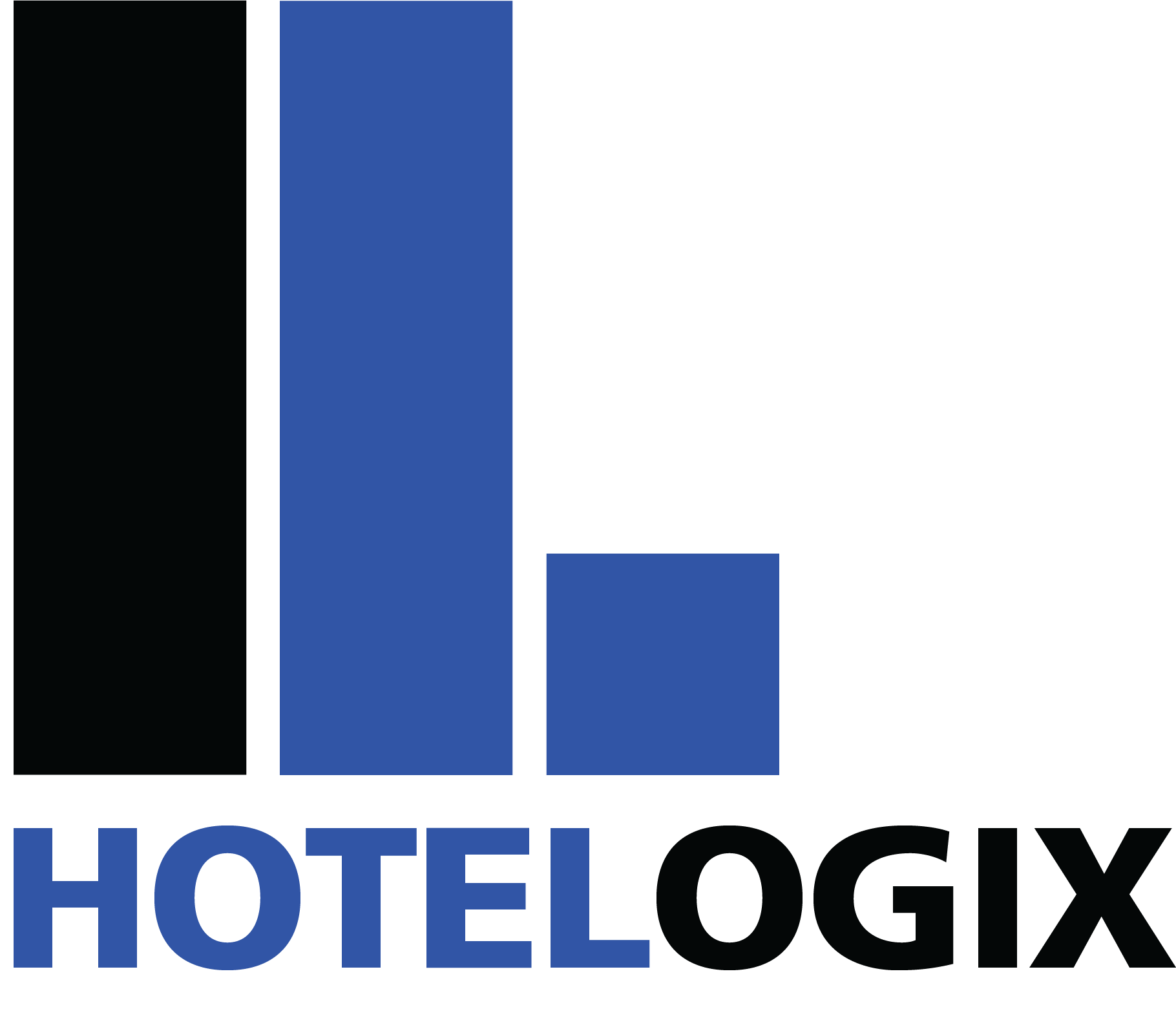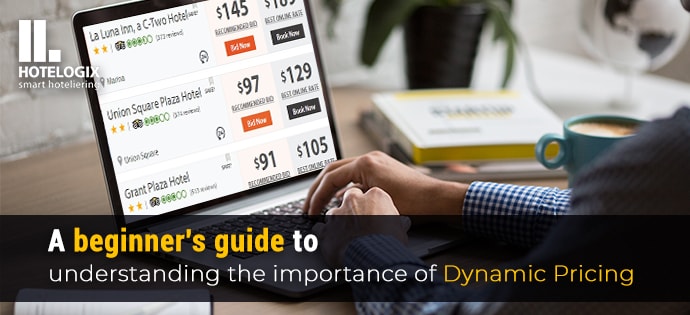Flexible pricing, open-pricing, demand-based pricing, roll pricing, time-based pricing or real-time pricing- Call it what you will. Today, dynamic room pricing is one of the most widely used Hotel revenue management strategy not just in the US but across the world. The dynamic pricing strategy in hotels is barely two decades old, but it has proven effective for the hospitality industry just as it did with airlines and other industries.
Ok, so what is dynamic pricing in hospitality industry?
Dynamic room pricing refers to a continual tweaking of hotel room prices based on demand and supply. Static pricing, on the other hand, is the contrary- where room prices remain static regardless of fluctuations in demand or supply- fluctuations that are inherent and plenty in the hospitality industry. This is why hoteliers must switch to a dynamic pricing strategy so that these fluctuations don’t threaten the profitability of the hotel.
In this blog we will discuss everyday reasons why dynamic pricing strategies in hotels is the smarter option, especially the small-scale ones.
How to use dynamic pricing to increase revenue:
Let’s take a very simple example. You run a 10-room property and your best-case scenario to stay afloat is to make a $1000/night. Now this can be achieved in multiple ways. With static pricing, you will probably sell each of them for $100/night and it remains so constantly. Your revenue depends solely on how many rooms are occupied, putting way too much pressure on you during low seasons. To make a $1000, you’ll have to sell every single room and this can be a massive challenge.
Dynamic room pricing, on the other hand, lets you play with the pricing depending on multiple factors. During weekends, you could increase room rates to $200/night. Meaning, you will make a $1000 just by selling 5 rooms. And during such times of of high demand, you are likely to sell out all your rooms. If there’s a music concert or a business conference or any popular event taking place in your city/locality, you are sure to see even greater demand for rooms.
A Hotel Dynamic pricing software will factor in all variables coming into play, like competitive pricing, seasonal highs and lows, demand forecast, and so on and then present to you the best price at which you should be selling your room.
Coming back to our example, when your city hosts large-scale events, you might even be able to sell the same $100 room for $400-$500, simple because there is limited supply but a sudden and huge demand for rooms. This way, you end up making $1000 by just selling two rooms and if you sell all 10 rooms at $500, you end up making 5 times the profit you would have made with static pricing!
Dynamic room pricing is the need of the hour for every small-scale hotel, because unlike group hotels, there is no never-ending supply of capital to keep you afloat when the lull hits. You need to make the most of the law of demand and supply if you wish to be a long-term player in this industry. Come low season, you should be able to sell the same $100 room at, say, $45 and still be on the safe side. This is not possible with static pricing because it doesn’t take seasons into account. Investing in a Dynamic Pricing software or even a revenue management system for your hotel could be one of the best decisions you could make as a hotelier as these systems play on some really advanced algorithm that the human brain cannot always stay on top of!
In a nutshell:
1. It is a foolproof way to ensure increased room revenue: Yes, occupancy is important for hotels. But what’s more important is room revenue. What dynamic pricing does is it lets you price yourself cleverly, so even if you only sell half the rooms in the inventory, you still rake in enough revenue to sustain yourself. With dynamic room pricing, you don’t always have to sell all your rooms to maximize profit.
2. It helps you cater to a wider audience: Static pricing helps you cater to only one segment of the market as there is no option for someone to wait till the price dips. Since dynamic pricing is more flexible, you can reach out to a larger segment of the market. Price can play a major role in the decision-making process of a potential guest.
Sometimes even if a guest loved your property, they may be dissuaded from making a booking due to the room rate. Since rates are updated in real-time across OTAs, thanks to a PMS, today a guest could instantly make a booking with you the moment they realize that your room rates have dipped!
3. Whether a hotelier opts for static or dynamic pricing, ultimately, the choice is theirs alone. Yes, hoteliers across the world are moving to dynamic room pricing and hospitality influencers have proclaimed that the dynamic price revolution has taken over the industry! But this is not to say that hoteliers cannot still choose to stick to static pricing.
There are exceptions where static pricing may be the best option and, in such cases, hoteliers might choose to stick with it. Perhaps for a property that only remains operational every summer, or a tree house deep within the hearts of a jungle that is only accessible for trekkers. These examples may be extreme, but they are the only ones that could do well despite not implementing dynamic room pricing!
If you’re a hotelier and your hotel isn’t similar to either of the two extreme examples I just took, you need a hotel dynamic pricing software. And you need it before your competition uses the same strategy to steal your business!



